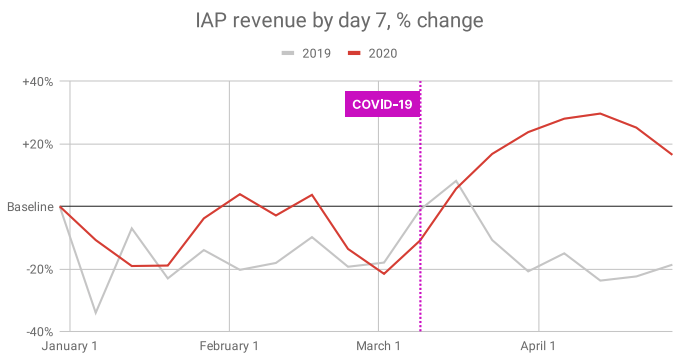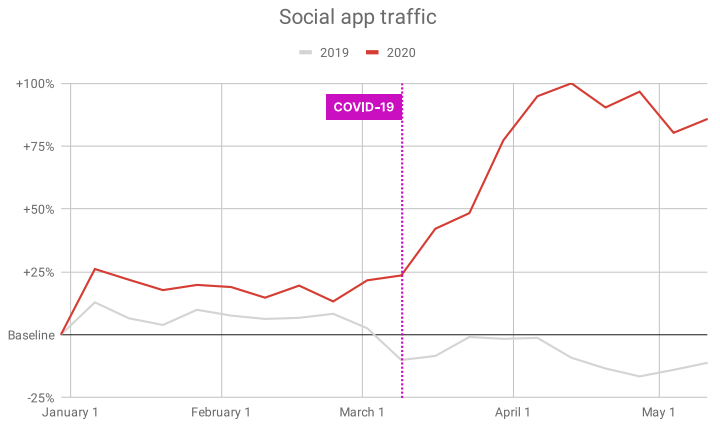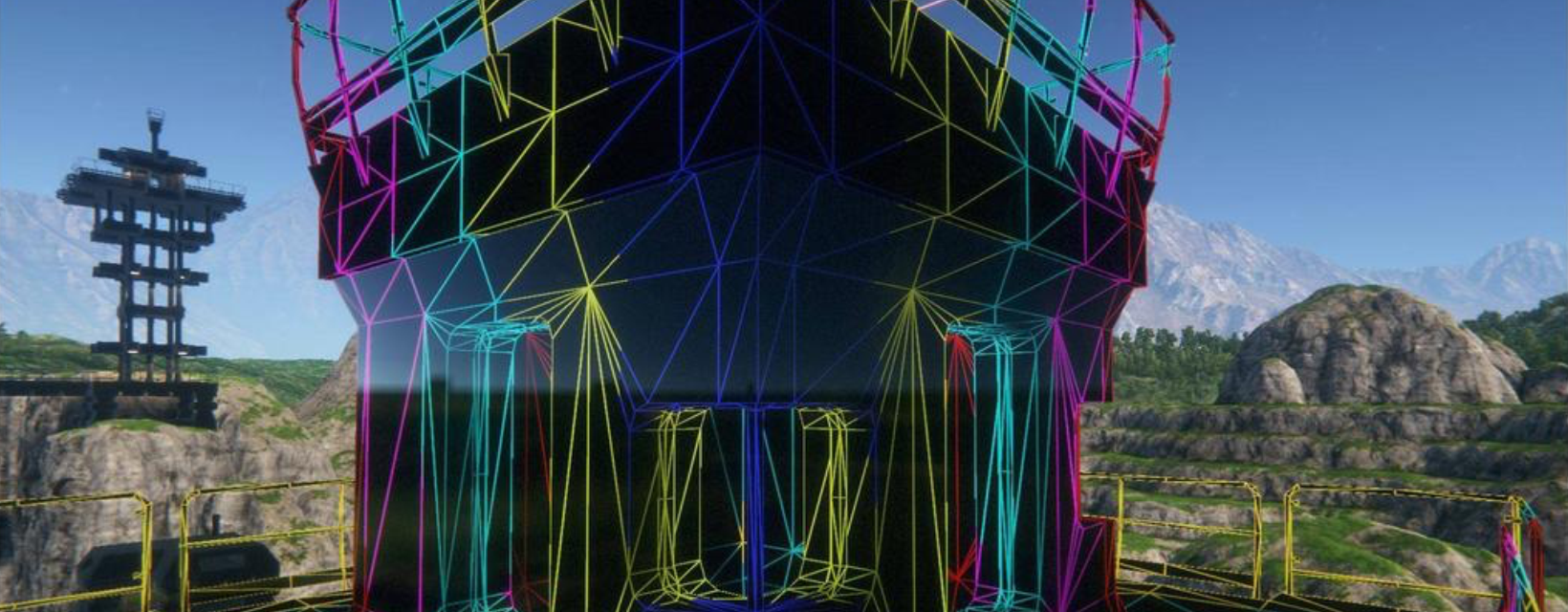With a global pandemic keeping people at home, gaming has seen tremendous growth over the past few months.
Unity recently highlighted COVID-19’s impact on the gaming industry through a report that explored 19 takeaways from the pandemic. As a powerful platform that various applications are built on, the company has access to unique data that tells a powerful story of how people are spending their time after sheltering in place.
Three of Unity’s takeaways also signify larger shifts in the gaming industry. First, overall gaming engagement continues to increase. Second, gaming continues to transition to SaaS-like businesses. Finally, gaming is becoming more social in nature. Here are those highlights with our additional commentary.
More people are playing games.
Unity noted that more people are playing games than ever before. Developers have seen a 46% DAU increase in HD gaming (PC), and a 17% increase in mobile gaming, when normalized year-over-year. (For normalization definition, see Unity’s report) Despite activity typically dropping in the spring and summer, engagement is up significantly from last year.

Unity isn’t the first to point out the increase in active players since mid-March. Last month, we highlighted comments that game publishers shared about their most popular franchises.
In that note, we expected games to maintain the rise in active users, despite eventually seeing a reduction in overall time spent game as social distancing ended. While Unity’s data shows a decline in DAUs, which is to be expected, we think the right metric to look for re continued engagement is MAUs. We remain optimistic that game developers will be able to capture and hold their increased MAUs as stay at home restrictions are lifted.
Gaming continues to transition to a SaaS-like business.
According to Unity, revenue from in-app purchases for mobile games has increased by 24% since the pandemic was declared. For this metric, Unity looked at the revenue generated by players within their first week of playing a mobile game.

We recently argued why gaming companies should see valuations like SaaS businesses as they evolve their business model. Increasing IAP revenue, particularly from new players, is a positive step in this direction. There have always been whales, the 1% of players that spend the most in free-to-play games, but the increase in IAP revenue from new players shows an increased willingness to spend money on microtransactions, not only the content itself.
Gaming is becoming more social in nature.
According to Unity, social networking apps and social gaming traffic increased by 83% normalized year-over-year. The company reports that social apps typically decline in usage during the spring and summer which makes sense as people spend more time outdoors. As social gatherings have been limited and discouraged during the past few months, many individuals have turned to gaming to fulfill the need to connect.

We’ve said before that all meaningful social internet platforms are worlds that merge elements of identity and reality so users can interact in a compelling way. Whether it’s the real world, a social network like Facebook, or a game, our identities are stretched across multiple platforms. With access to a particular platform limited, in the case of the pandemic, the real world, it’s necessary that we spend more time socializing in other ways. Alongside our shift in social platform use today, we’ve seen gaming companies focus on breaking down barriers among users. Platforms like Unity give developers tools to create places where a variety of people on a variety of devices can come together for a shared experience. This hasn’t always been possible. Historically, games were individual experiences or shared in a living room. As gaming technology continues to advance, driven by platforms like Unity, games will continue to look more like social platforms.
